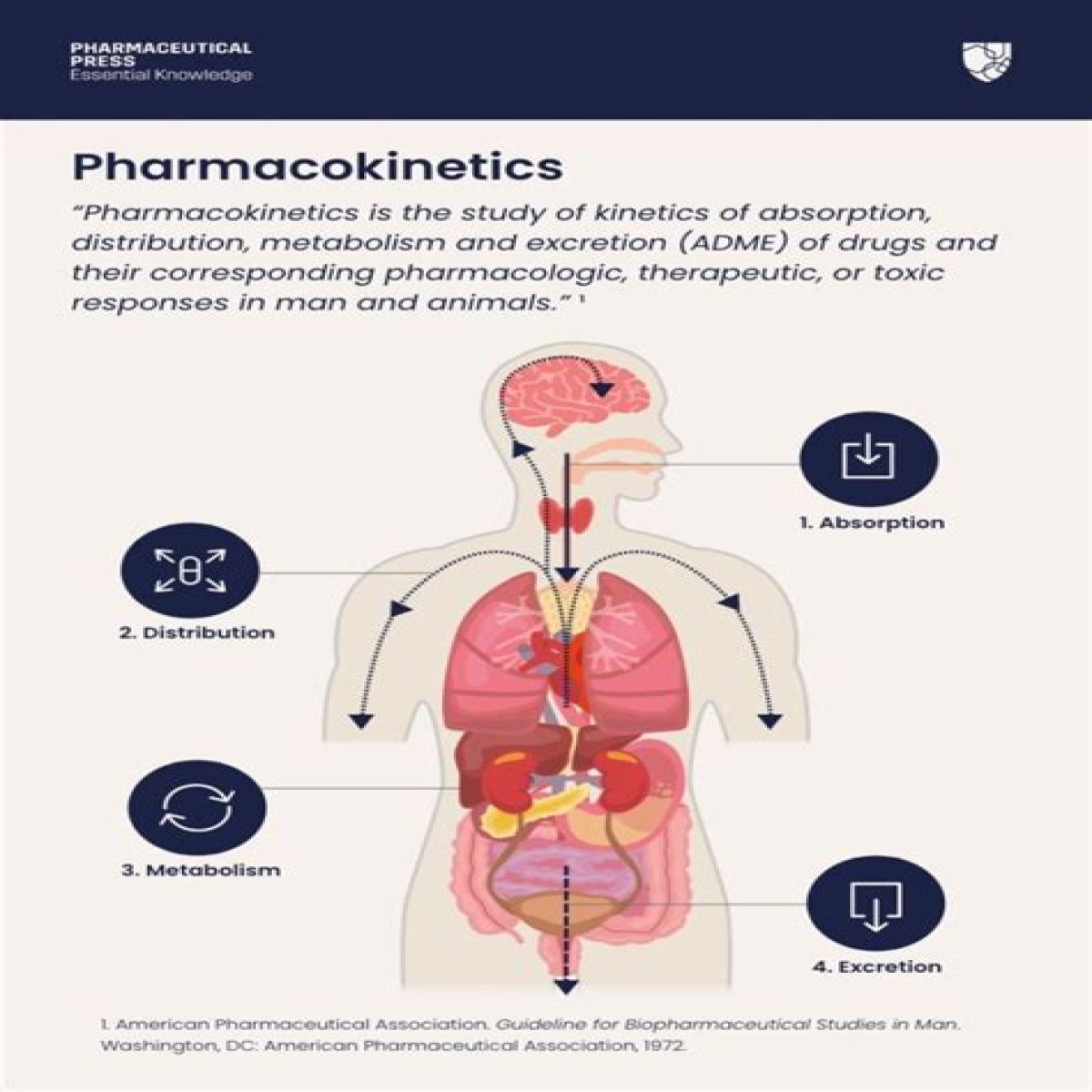What is Tmax in pharmacokinetics?
T. max. Pharmacology The amount of time that a drug is present at the maximum concentration in serum. See Cmax, Pharmacokinetics.
What is Cmax and Tmax in pharmacokinetics?
Cmax – the maximum concentration recorded. tmax – the time take to reach Cmax. AUC (Area Under the Curve) – a measure of the exposure to the drug.
What is Tmax a measure of?
Tmax: an unconfounded metric for rate of absorption in single dose bioequivalence studies.
What does Tmax depend on?
The t max is dependent on the elimination rate (k) and absorption rate constant (ka). while t 1/2 is dependent on the elimination rate (k) and volume of distribution (Vd). 3. At tmax, the concentration of a drug is in peak.
Why is Tmax important?
The time to peak concentration can increase the reinforcing properties of a drug and increase the risk of addiction. A drug with a rapid peak effect tends to produce an immediate, discernible sensation. A drug with no discernible alteration in consciousness is less reinforcing.
What is the relation between Cmax and Tmax?
Why Cmax is a Continuous Variable and Tmax is a Categorical Variable. The maximum observed concentration (Cmax) and the time of Cmax (tmax) are both obtained directly from the concentration-time data.
What are the causes of non linearity pharmacokinetics?
Nonlinear Pharmacokinetics: Introduction
| Causea | Drug |
|---|---|
| Saturable metabolism | Phenytoin, salicyclic acid, theophylline, valproic acidb |
| Cofactor or enzyme limitation | Acetaminophen, alcohol |
| Enzyme induction | Carbamazepine |
| Altered hepatic blood flow | Propranolol, verapamil |
What is the influence of KA and KE on Cmax Tmax and AUC?
However, ke must be much greater than ka to observe flip-flop kinetic. Absorption rate constant (ka) and ke play important roles in predicting drug exposure parameters Cmax, AUC, and Tmax. Changes in ka and ke have different impact on the changes in AUC, Cmax, and Tmax.
What causes non-linearity?
Causes of non-linearity Non-linearity may occur by one of the following factors namely drug absorption, distribution, metabolism and excretion.
Is zero order kinetics linear?
Because in a saturated process the elimination rate is no longer proportional to the drug concentration but decreasing at higher concentrations, zero-order kinetics are also called “non-linear kinetics” in clinical pharmacology.
What trip units are available for the Tmax T4 T5 and T6?
SACE Tmax T4 T5, T6, T7 and T8 are available with thermomagnetic and electronic trip units to fit the needs. PR222DS/P: advanced trip units on Tmax T4, T5 and T6 with more options to adjust protection functions thresholds, even electronically.
What is the best way to compare t max between treatments?
This also applies to any statistical testing of t max where you should use a non-parametric test like the Rank-Sum Test to compare t max values from two different treatments (e.g. formulations).
Is the Newton-Raphson method viable for the estimation of T Max and C Max?
The %Bias attributable to sampling frequency and assay error were less than those determined by the noncompartmental method, showing that the Newton-Raphson method is viable for the estimation of T max and C max. Drug absorption data are often used in bioequivalence comparisons.
What is the difference between C Max and T Max?
In contrast to C max, the t max variable is a categorical variable that can only take values based on the planned sampling scheme. Thus if your planned sample schedule includes 0, 1, 2, 4, 6, and 8 hours, you cannot have a sample at 1.5 or 10 hours (unless there was a deviation).
